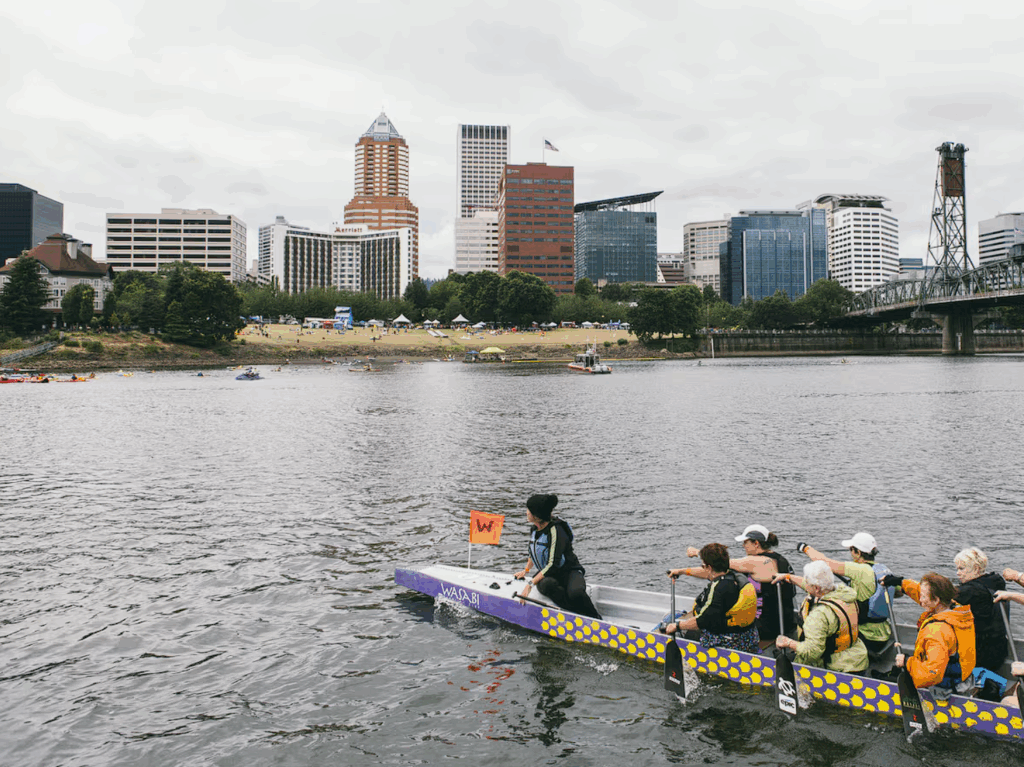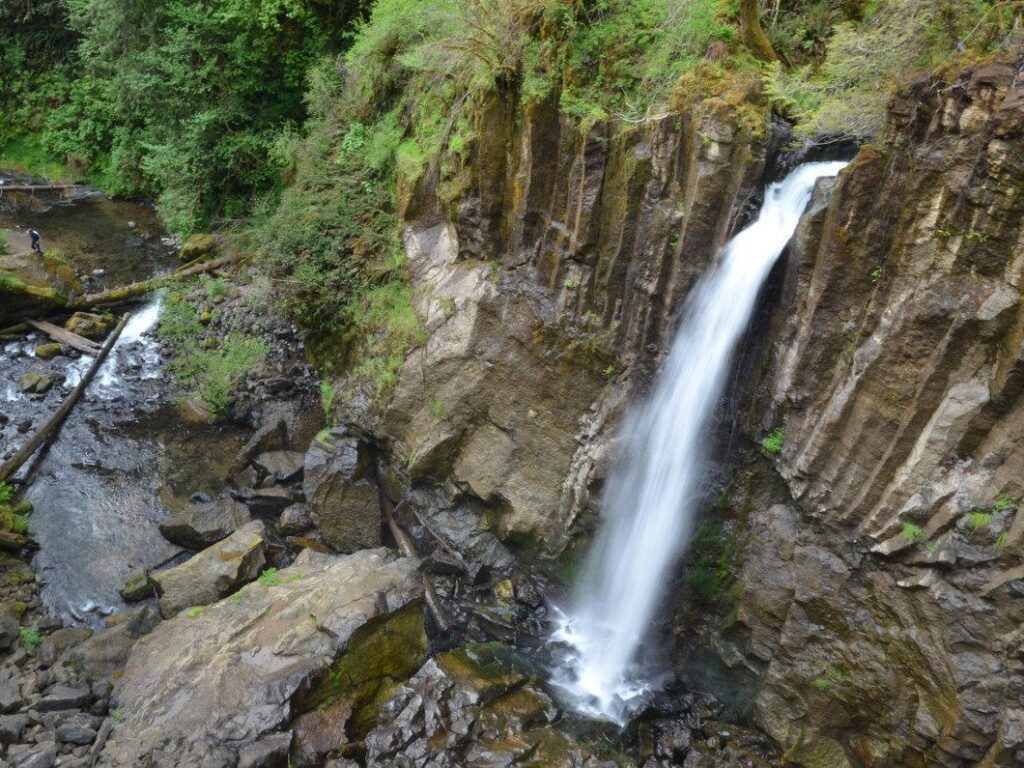Oregon Water Stories: Jefferson County
Author
Posted
Share

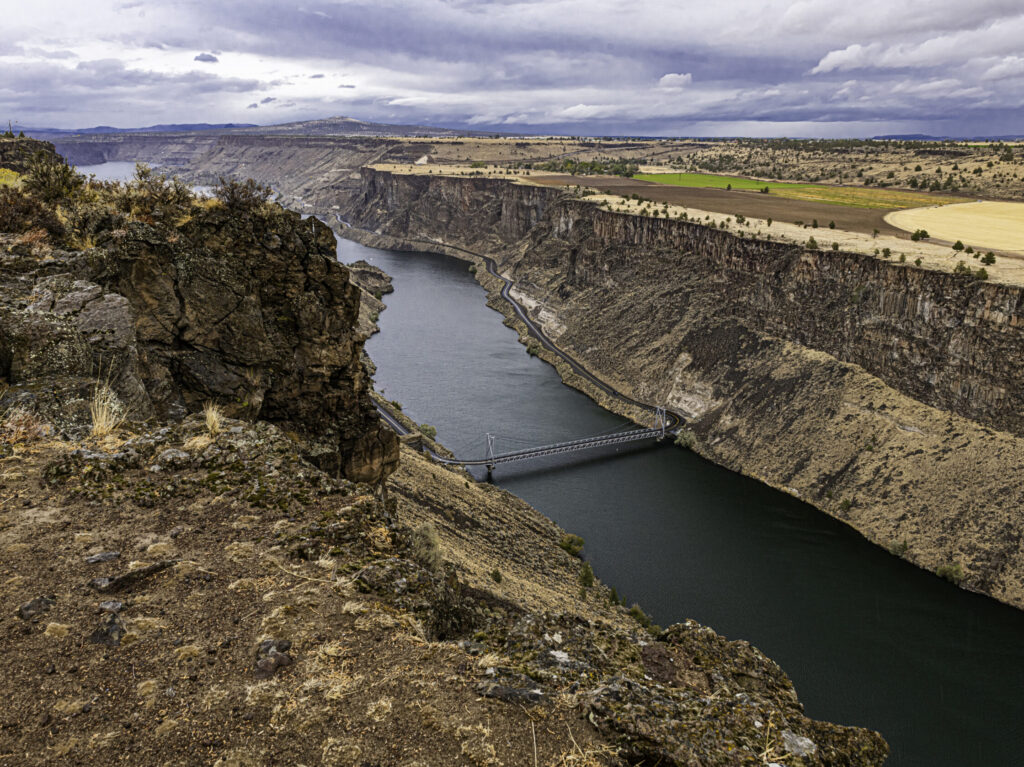
Oregon Water Stories is a project of PSU Professor Melissa Haefner’s freshman inquiry class, running from 2018 to present. The goal of the project is to gather stories from around the state of Oregon that relate to the modern relationship between humans and water. Haefner’s 2023 class wrote profiles on various Oregon counties that explored the different water challenges being tackled around the state. The following profile from one of Haefner’s students has been abridged and revised, with permission, for sharing here.
The Deschutes River has been connected to our livelihood since time immemorial. It has provided us with food and drinking water, has driven our economy, and is the center of our culture and society. The Deschutes is also a source of pride for us, and a way we share our way of life with our neighbors and all Oregonians. It is a gift the Creator gave to take care of us and for us to take care of. Our Work on the Deschutes Our work is focused on clean energy, healthy rivers and healthy sustainable fish runs.
– Manion, J. (October 25, 2017). Power & Water hosting tours of the hydro dams. Spilyay Tymoo.
For generations, the Deschutes River has been central to the culture, health, and livelihood of the people in Jefferson County—especially the Confederated Tribes of Warm Springs. That relationship with the river continues today through efforts focused on clean energy, healthy rivers, and the restoration of wild fish runs—but there’s still much work to do, and new possibilities worth exploring.
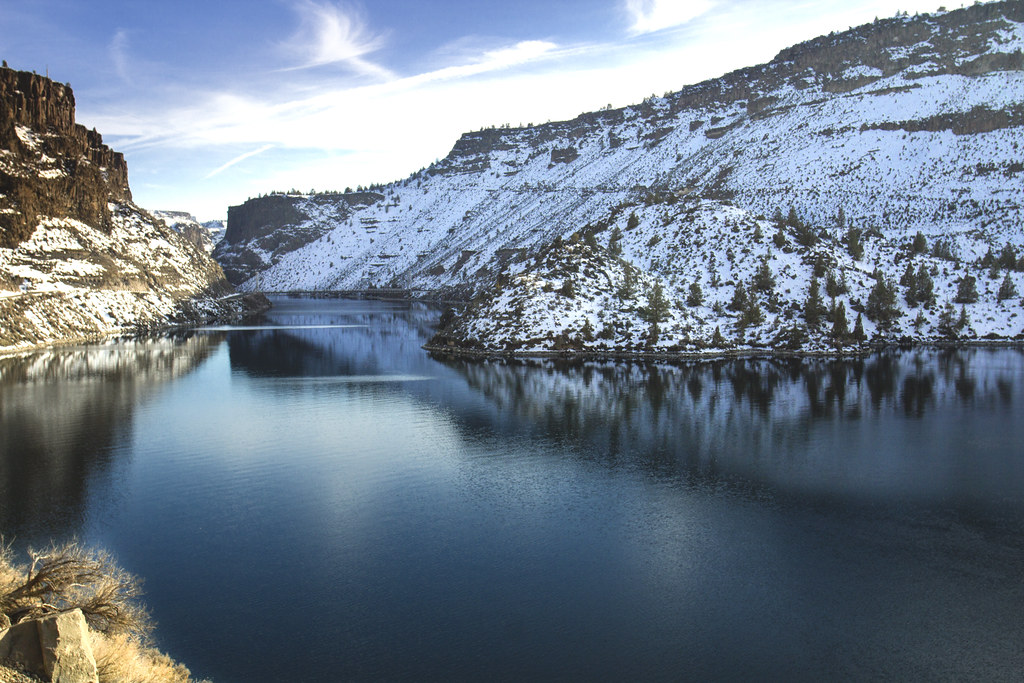
Tackling Water Access and Infrastructure
In Warm Springs, water shortages are a daily concern. In 2019, residents endured multiple boil orders due to system failures, including one that lasted months. The community is served by a water treatment plant that’s over three decades old, a plant struggling to keep up.
But change is in motion. The community has taken proactive steps, such as a water meter project to locate major leaks and relieve pressure on the system. Federal and state support has begun to follow: the Bureau of Indian Affairs provided funding for critical repairs, and in 2019, Oregon’s legislature approved $7.8 million for three major water projects on the reservation. Still, two other major infrastructure needs remain unfunded.
We’re seeing what happens when tribal leadership meets state support, and we’re hopeful that continued collaboration can close the remaining gaps.
Revitalizing Wild Fish Populations
Working alongside Portland General Electric, the Confederated Tribes helped build the Selective Water Withdrawal Tower, a structure that simulates natural water temperatures and safely transports fish around the dam system. Since its completion in 2010, adult salmon have returned to the Deschutes for the first time in half a century—a promising sign.
Still, the river’s health remains fragile. Increasing droughts have triggered algal blooms and diseases in fish populations, and some community members believe that altered water temperatures from the Tower may be contributing to the issue. These are complicated, interwoven challenges—but they’re also reminders of how urgently we must treat river health as a shared responsibility.
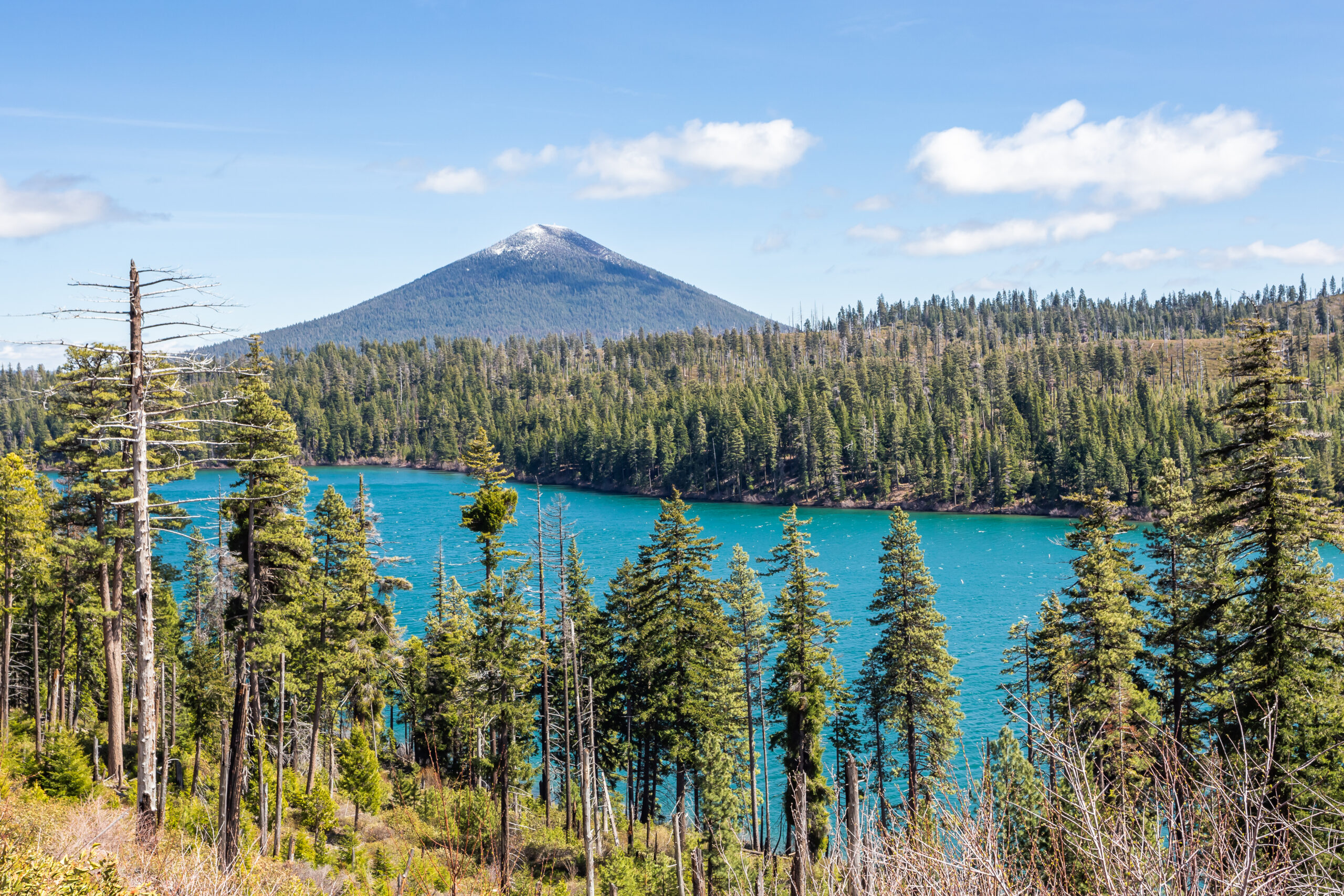
Living with Drought
The 2015 drought underscored just how vulnerable Warm Springs and the Deschutes Basin are to shifting climate conditions. Emergency water rations were imposed, and fish populations suffered. The symptoms—algae, black spot disease, and parasites—are painful signs of an ecosystem under stress. Yet they also offer us clear indicators of where to focus our efforts to build resilience.
Working Together on Irrigation
One encouraging example of collaboration is the Deschutes Basin Board of Control’s long-term conservation plan. Since 2016, this effort has brought together twenty stakeholders, including the Confederated Tribes, environmental groups, state agencies, and local irrigation districts, to chart a shared path forward. There is still work to be done, but this collective action is already yielding results.
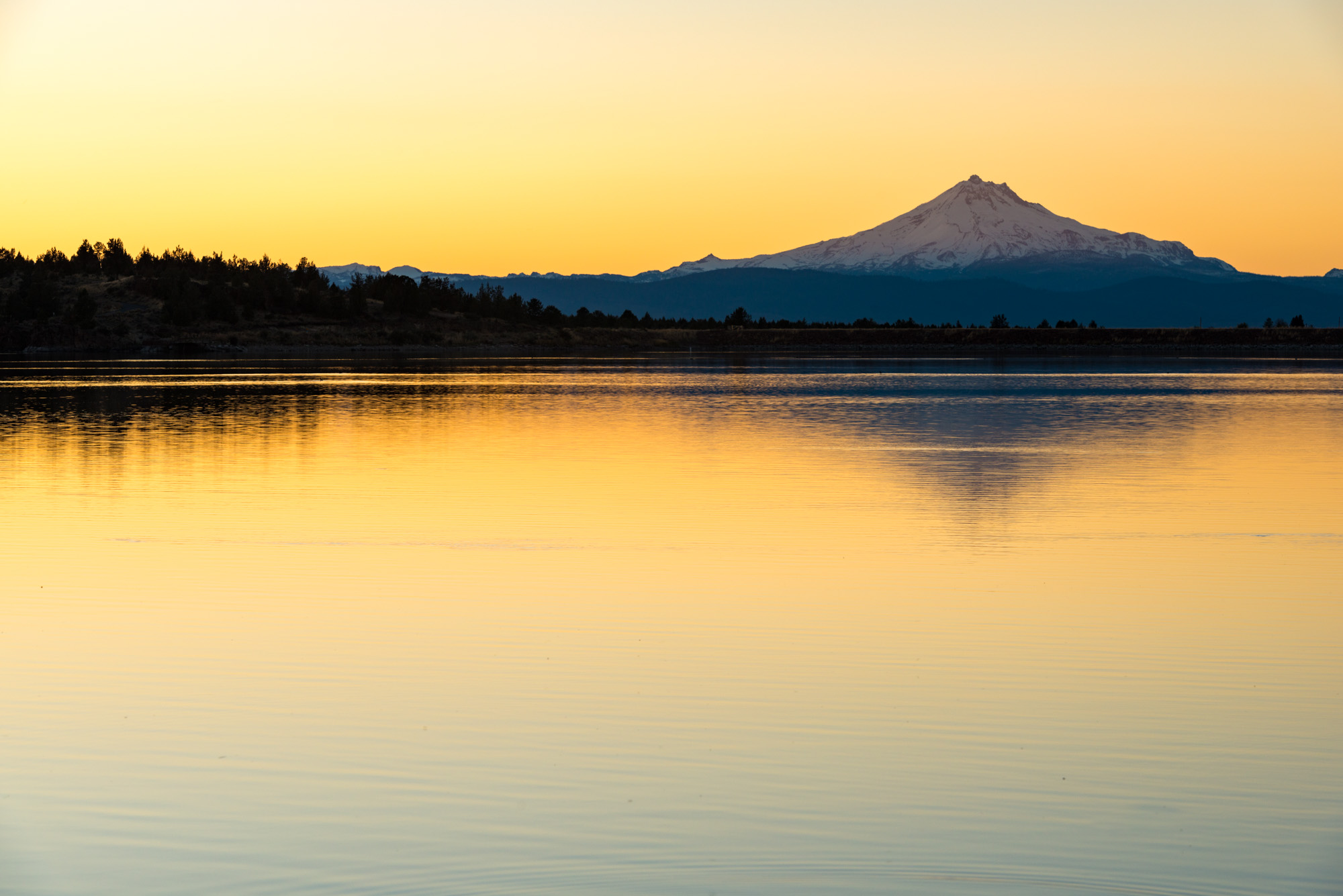
Rethinking Dams for the 21st Century
The dam systems that once promised progress have become flashpoints for legal and ecological debate. While early dam designs failed to account for fish passage and long-term sustainability, newer efforts like the fish tower offer signs of what’s possible when engineering meets ecology.
Litigation, like that involving the Deschutes River Alliance and PGE, shows how complex the path forward can be. Yet the ongoing dialogue, scientific scrutiny, and legal attention are part of how we adapt outdated systems for modern needs.
Looking Forward
There’s no shortage of challenges in Jefferson County, but there’s also no shortage of vision. From water justice and infrastructure renewal to fish restoration and climate resilience, the people of Warm Springs and their partners are building a future rooted in cultural strength, environmental stewardship, and practical solutions.

Related Posts
Oregon Water Stories: Multnomah County
Oregon Water Stories is a project of PSU Professor Melissa Haefner’s freshman inquiry class, running…
Watershed Alliance of SW Washington
Watershed Alliance of SW Washington is a non-profit organization located in Vancouver, Washington. Their mission…
Oregon Water Stories: Lincoln County
Oregon Water Stories is a project of PSU Professor Melissa Haefner’s freshman inquiry class, running…


